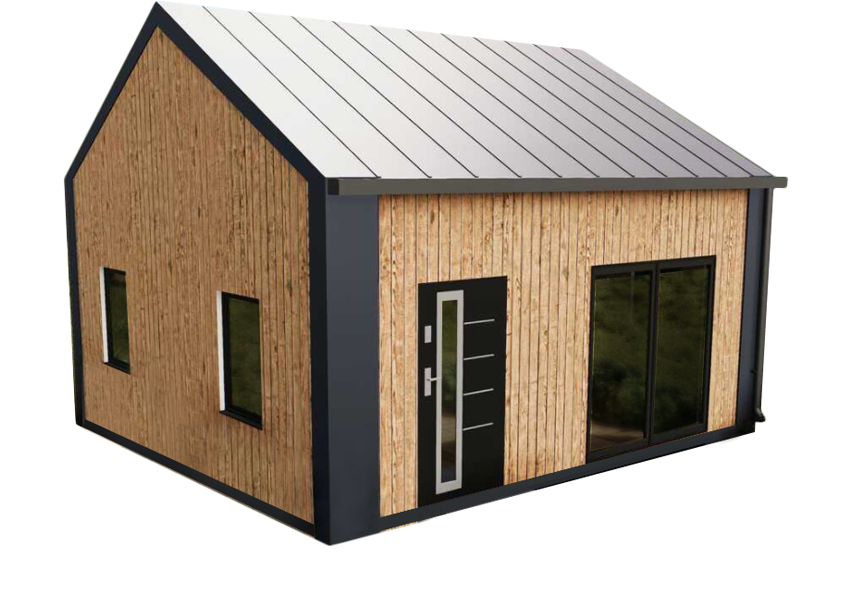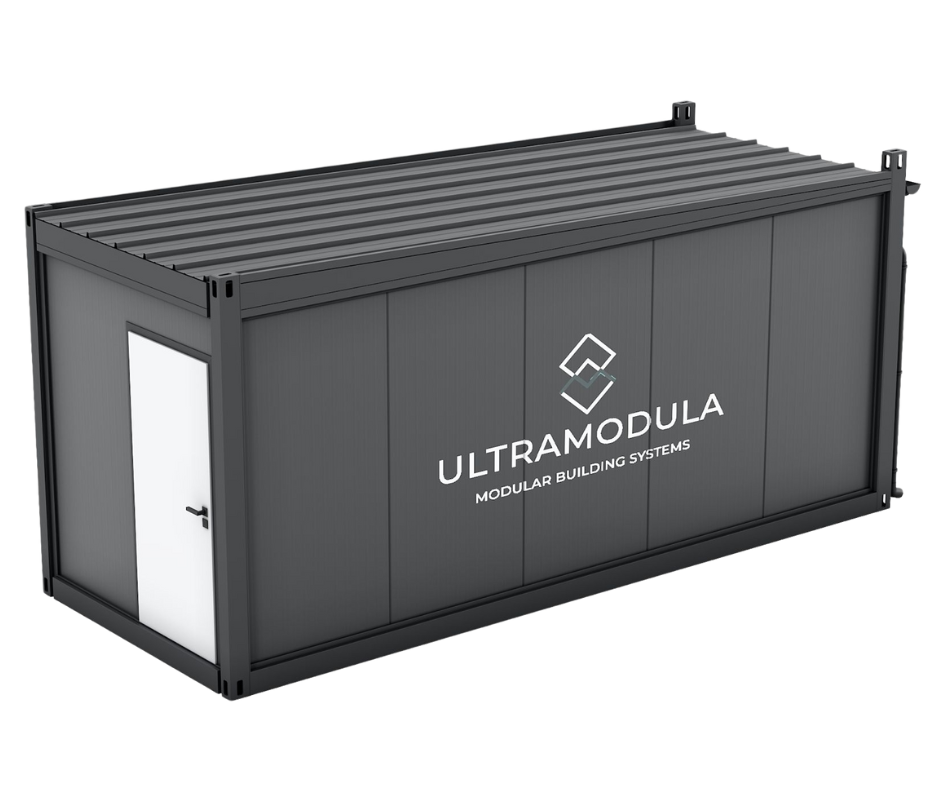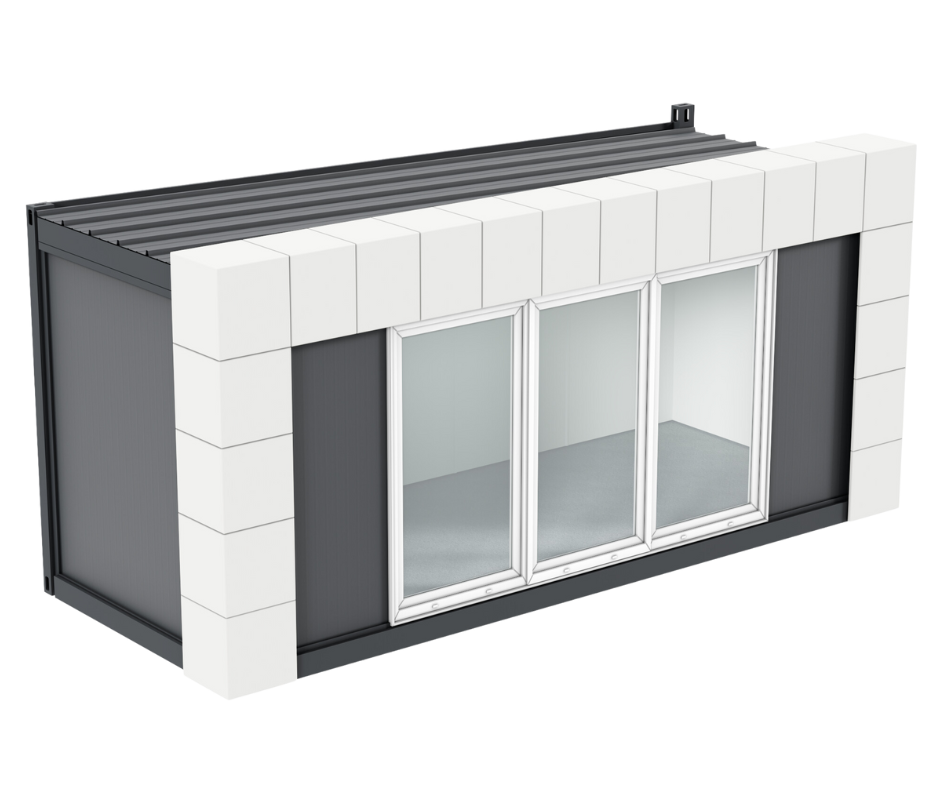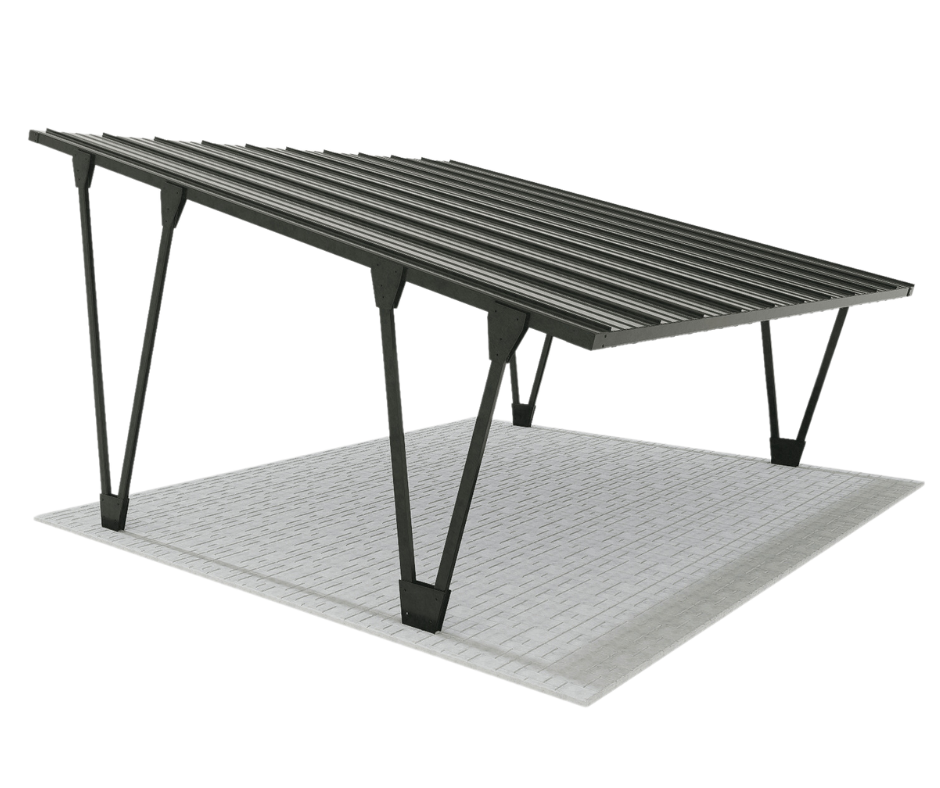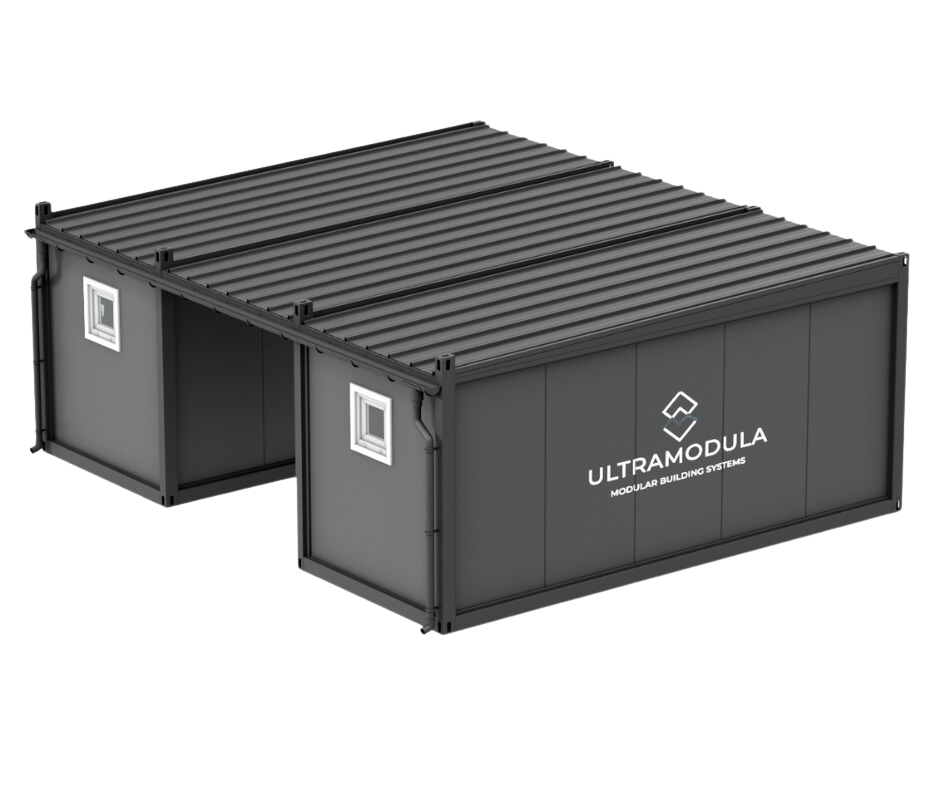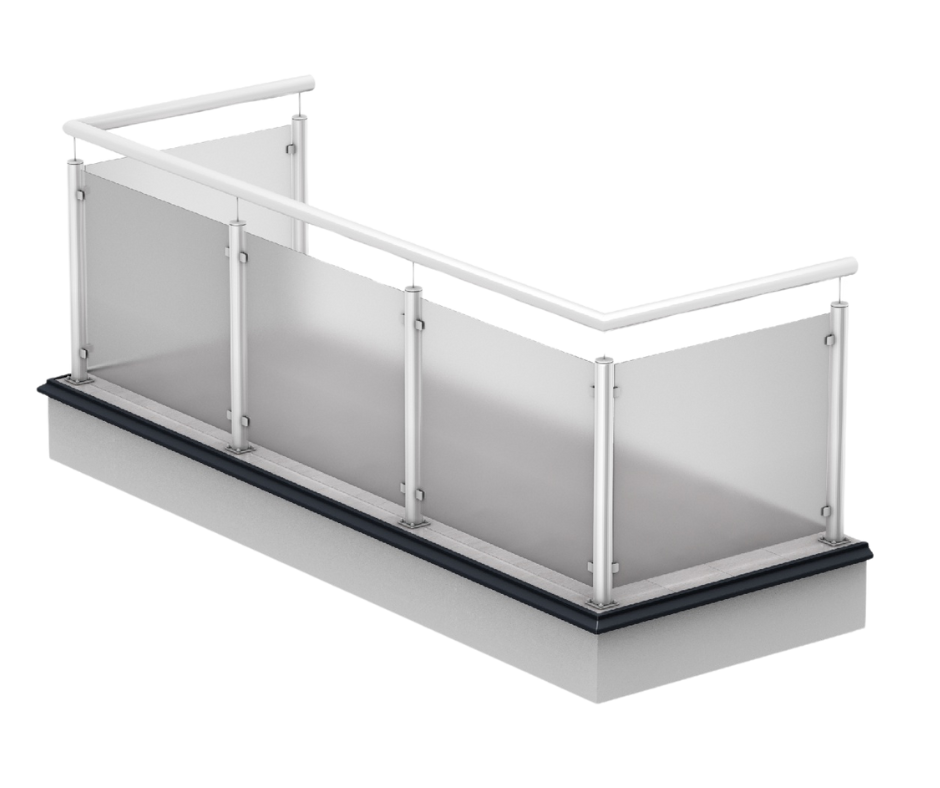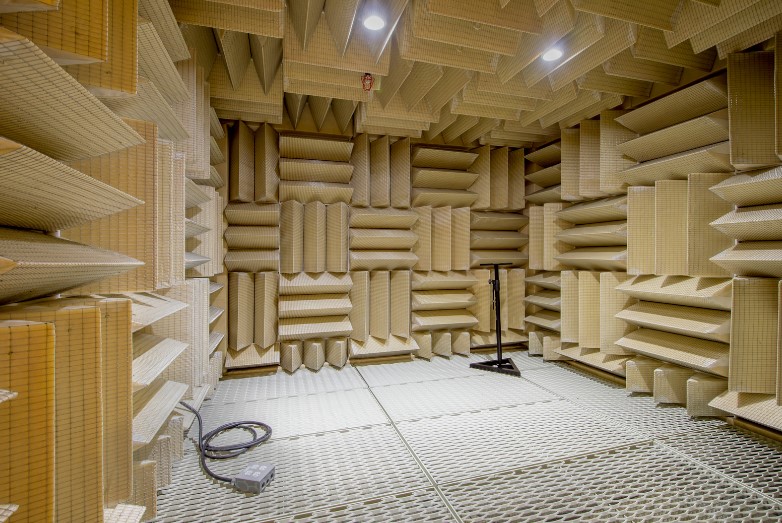About the containers residential or service buildings have many applications and work well in very diverse projects, no one needs convincing. Their advantages, such as durability, modularity or flexibility, mean that the possibilities of their use are actually limited only by human imagination. However, are they able to meet the challenge of soundproofing structures?
Soundproof, or what?
Soundproof structures, often also referred to as architectural acoustics or simply insulation acoustic are design solutions used to limit the transmission of sound between rooms or from the outside to the interior of buildings. Their main goal is to minimize noise that may cause discomfort, disturb peace, make concentration difficult or affect the quality of life of residents. The main factors influencing the appropriate level of soundproofing in buildings are:
- walls and their construction - they are the main barrier separating rooms from each other, and their effectiveness in preventing sound penetration depends on the thickness and density of the materials used for construction;
- windows and doors, because only high-quality, specially designed windows and doors with appropriate sound insulation can significantly reduce the penetration of sounds from the outside, otherwise they will be the greatest challenge in soundproofing the interior building;
- floors / ceilings, especially in multi-story buildings; sound can also penetrate between floors, so the use of appropriate insulation materials separating individual floors can be crucial to ensure silence;
- ventilation and air conditioning systems.

Container construction and sound insulation
The container structure, both of facilities traditionally intended for transport, as well as those dedicated to residential or service purposes, is based on a steel frame welded from cold-formed sections. In order to meet high quality standards, the thickness of the material used for the production of such sections should be at least 4 mm. This not only guarantees the stability of the entire structure, but also allows stacking. Walls, roof and floors container they are always properly insulated, both thermally and acoustically. Reputable manufacturers use mineral wool with a thickness of about 100 mm, necessarily in combination with a vapor barrier foil. The second insulation layer is usually a laminated board fixed from the inside.
Therefore, the question arises whether these materials have optimal parameters in terms of soundproofing.
Steel and its acoustic properties
The main characteristics that affect the acoustics of materials are density, sound permeability, damping coefficient and resonance. Steel is a relatively dense material, which affects its ability to transmit sound. The high density makes steel an effective conductor of sound, which means it can transmit sound along its structure. Interestingly, it is characterized by low sound permeability. It is more difficult for noise to penetrate through steel compared to less dense materials. This makes it an effective sound barrier, especially in thin layers or as a structural element of appropriate thickness.
Steel shows a moderate damping coefficient. It can therefore absorb sound to some extent, but compared to many other materials used for sound insulation, its ability to dampen sounds is rather limited. Combined with its resonant frequencies, which can increase sound emissions, steel requires additional sound insulation. Their proper use and refined design solutions help in the effective use of the acoustic advantages of steel.
Mineral wool and acoustic comfort
Mineral wool is one of the most popular insulation materials, valued for its excellent acoustic properties. Its unique structure makes it an excellent material for damping sounds and noise, both inside and outside buildings, and thus increases their acoustic comfort.
Its microporous structure perfectly absorbs and disperses sound waves, thanks to which their intensity is reduced and reflections from the surface are limited. It therefore helps to effectively reduce echoes and reverberations in rooms and is therefore a good complement to steel structures with strong resonating properties. Importantly, wool can be used in various places: walls, ceilings, floors, as well as in ventilation and air conditioning systems. You can easily adjust its application to the specific needs and requirements of the project.
Its resistance to moisture is also important, because thanks to this it maintains its acoustic properties for a long time, without reducing the quality of insulation.
Laminated board - sound absorption
The use of laminated board as a finishing material in containers can significantly reduce indoor noise levels. This is particularly useful in facilities with high noise levels, such as offices, conference rooms or cafes. This material has sound absorption capabilities, which means it is able to absorb and dampen sound waves. This reduces the amount of sounds reflected from surfaces, which contributes to the reduction of echo and resonance in interiors. Producers containers also use laminated board because of its good durability, which ensures long-term use. It is resistant to any deformations or cracks, which affects its longevity in acoustic applications.
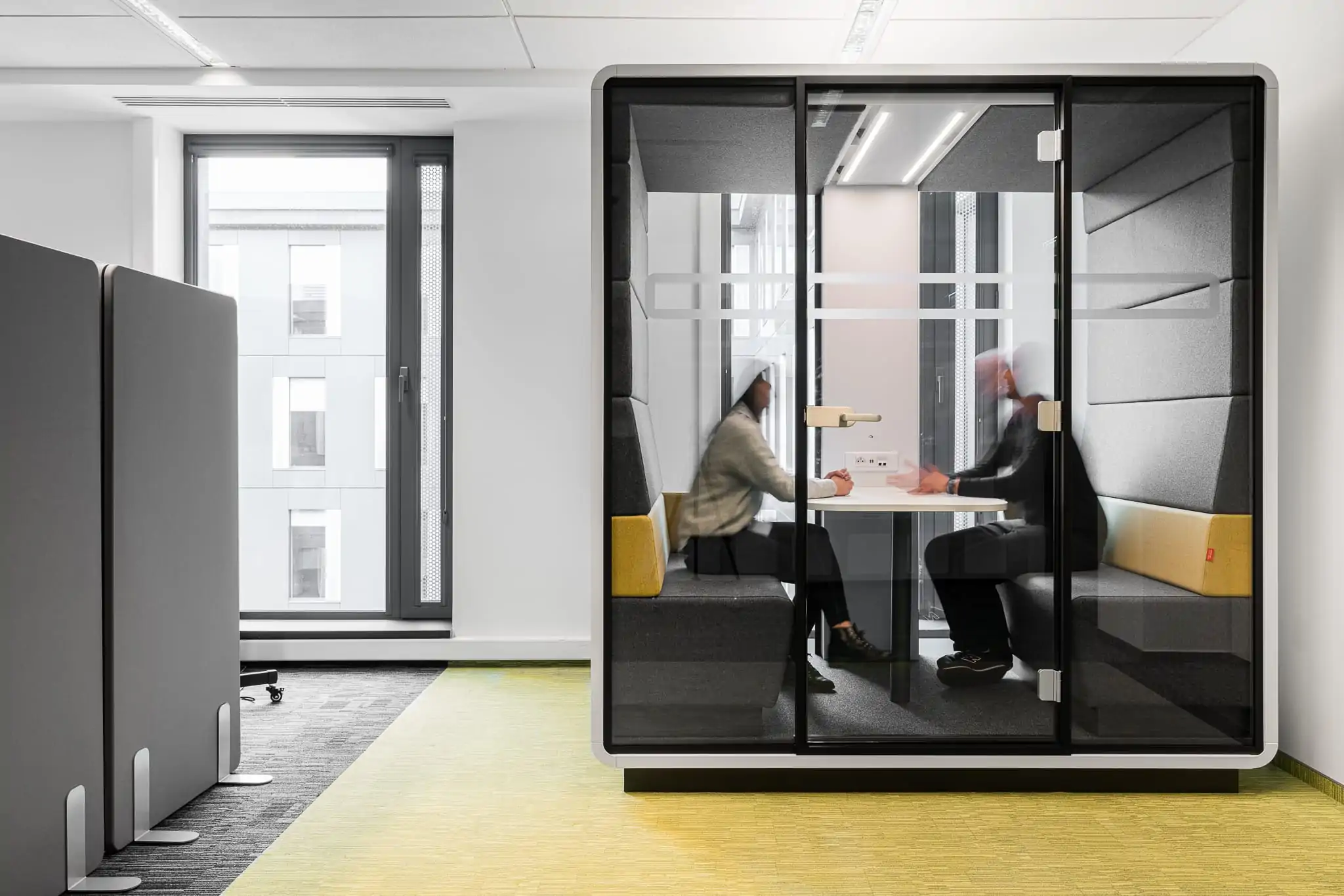
Examples of using containers in soundproof structures
Rooms with excellent sound insulation are used for various purposes in various industries. Objects container can be an excellent alternative for them due to not only acoustics, but also features such as mobility, modularity, or low construction and operating costs.
A star in the music industry…
The use of container-built objects in the music industry does not seem obvious, but it really works. One of the main reasons they are an attractive choice is their ability to provide high-quality sound insulation. That is why they are increasingly used as rehearsal rooms or recording studios. Solid steel walls and good quality materials used in the construction of containers minimize sound penetration to the outside and protect against ambient noise. This provides an excellent working environment for musicians and music producers, which is crucial to achieving professional recordings.
With the use of modular containers, you can build a large, two-story recording studio, as well as organize a small one mobile rehearsal rooms during open-air festivals, where there is no access to traditional concert spaces or technical facilities. Musicians, as artists, value personalized working conditions, and thanks to the mobility of the containers, they can build their own dedicated rehearsal room (or mini studio) and always take them with them on tour.
... and on the big screen
An interesting fact may be the option of using the containers as small cinemas and theaters that provide good sound quality and sound insulation. Thanks to the mobility of such facilities, seasonal places can be created, for example in tourist destinations. In turn, the small space of the container creates an intimate atmosphere, which means that the audience can be closer to the actors, which creates a more intimate and emotional contact between the performers and the audience.
Rest (and work) in silence: hotels
In the hotel industry, a high standard of guest comfort and peace of mind is a priority. Acoustic insulation is particularly important in the case of facilities located near airports, roads or in busy city centers. Containers can be a convenient and attractive solution that allows you to create soundproof rooms or apartments that will provide guests with a comfortable rest.
In hotel spaces, an important element is often the conference zone, where training, business meetings or scientific conferences are held. Such activities also require low-noise rooms so that guests can give lectures or conduct business negotiations without unnecessary disturbance. The materials used to insulate containers can easily guarantee this.
Everyday: offices and apartments
Habitable containers and office these are contemporary solutions that no longer surprise. However, they are rarely considered in the context of soundproofing structures, and yet the acoustics of interiors, in which one is present all the time, is crucial for the comfort of living. It is worth remembering that container buildings are often erected in large urban agglomerations, where the noise level is relatively high. However, properly designed containers, equipped with appropriate sound insulation, allow residents to enjoy peace and quiet, despite the external environment.
Why is it so important? The soundproofing of containers as offices ensures privacy and concentration in the workplace, which promotes employee efficiency. In turn, in residential spaces, sound insulation helps to reduce external noise, which affects the quality of life and health of residents.
Proven in practice
As awareness of acoustics and its impact on the quality of life is growing, use of containers in soundproof constructions is becoming more and more popular. They are not only an innovative architectural solution, but also perfectly respond to the modern needs of flexibility, mobility and sustainable construction. Offices, rehearsal rooms, recording studios or apartments built of containers are spaces that ensure peace, comfort and work efficiency. Their versatility, adaptability and ability to minimize external noise make them an attractive choice for many industries and applications. The use of containers in soundproof structures is a practical and functional as well as economical solution.

